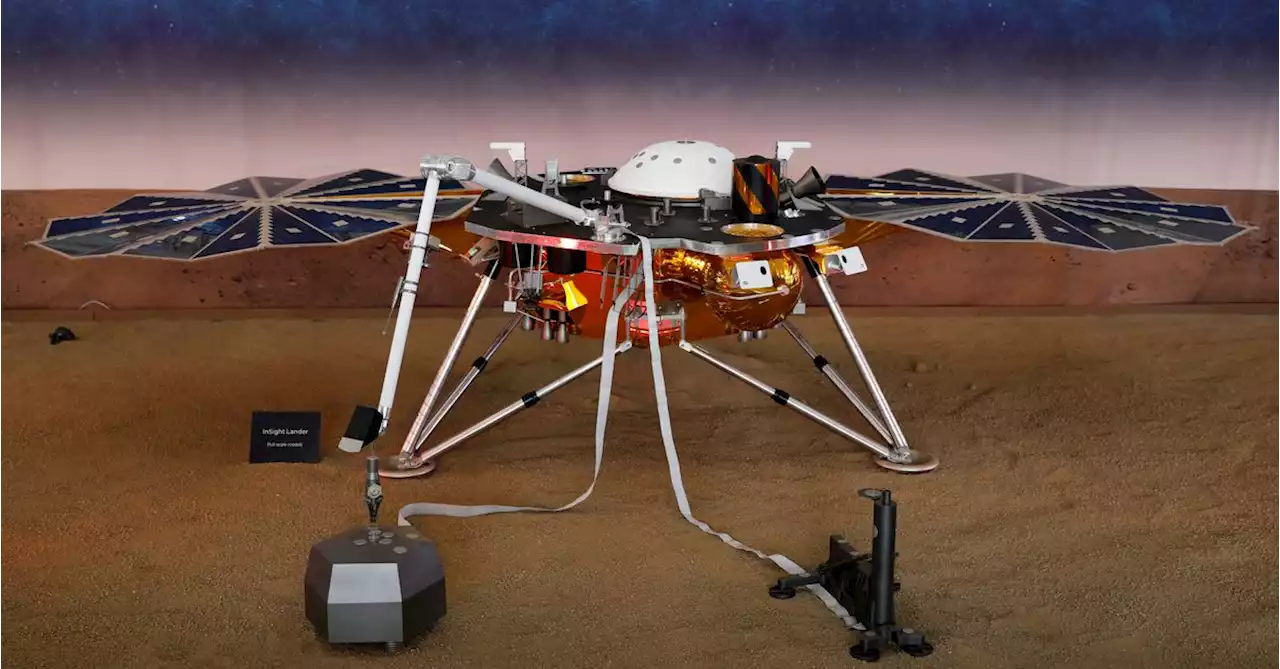The InSight lander, perched on the surface of Mars since 2018, will run out of power and stop operations within four to eight weeks, NASA said on Thursday, even as scientists detailed a big meteorite strike it detected that gouged boulder-sized chunks of ice surprisingly close to the planet's equator.
Dust has been accumulating on solar panels that draw power for the U.S. space agency's stationary lander, exacerbated by a dust storm, and has been depleting its batteries, planetary geophysicist Bruce Banerdt of NASA's Jet Propulsion Laboratory, InSight mission's principal investigator, told a briefing.
"What an awesome capstone science result to end on - literally going out with a bang," Lori Glaze, director of NASA's Planetary Science Division, told reporters. Objects that large enter Earth's atmosphere about once a year but generally burn up in our planet's thicker atmosphere. "Having access to ice at these lower latitudes, that ice could be converted into water, oxygen or hydrogen - that could be really useful," Glaze said.
